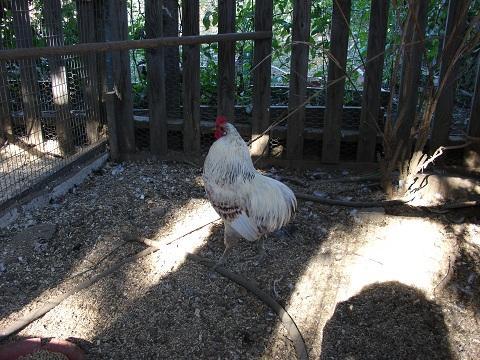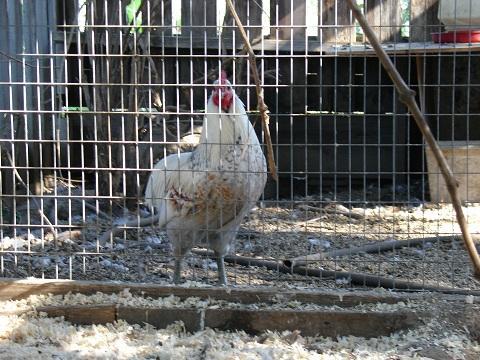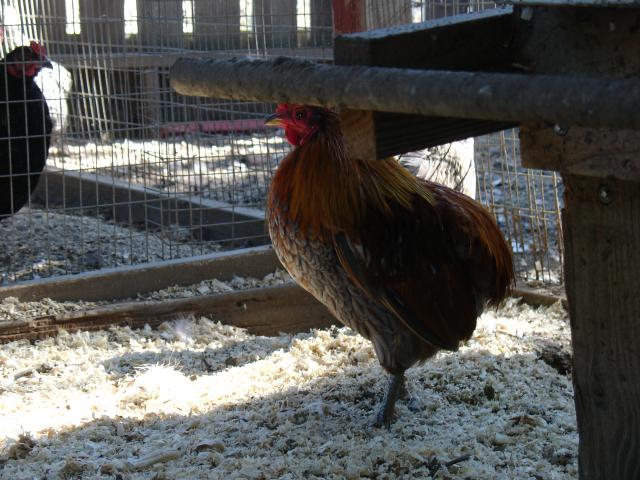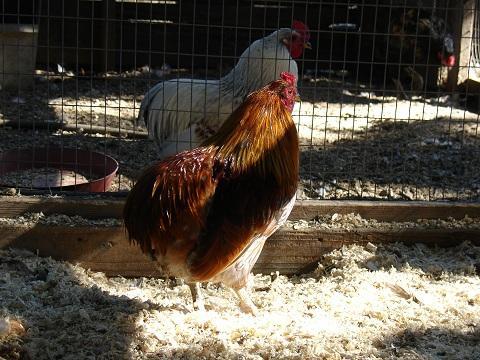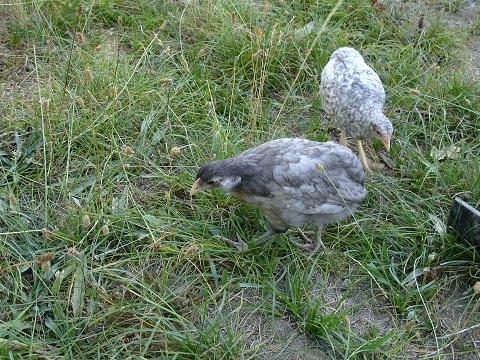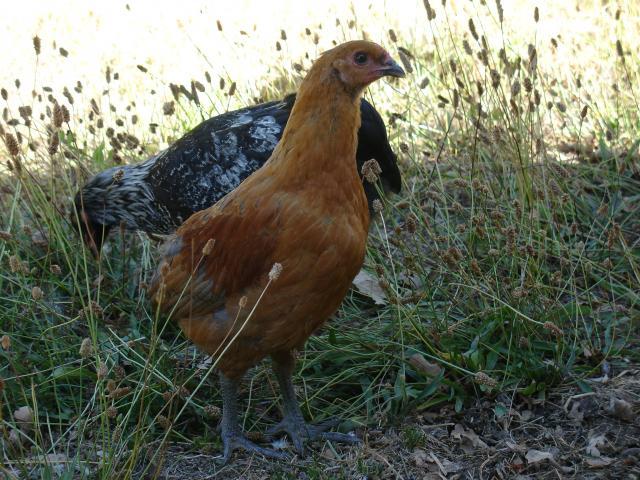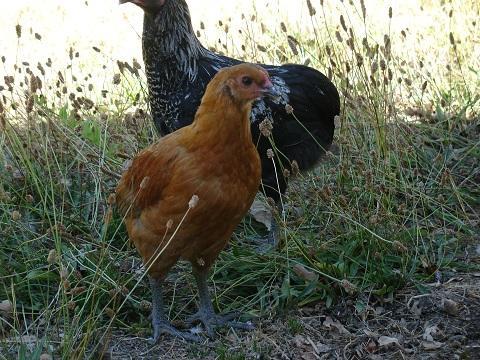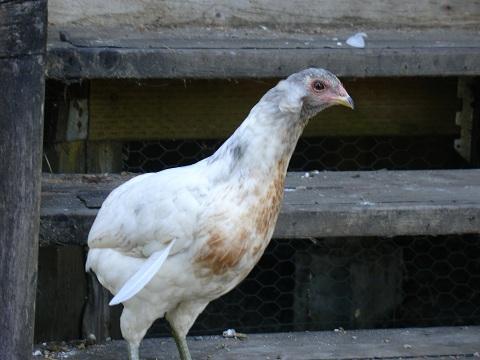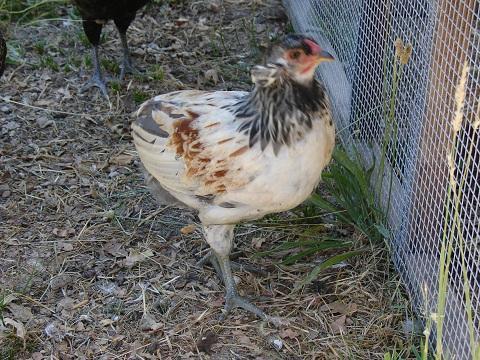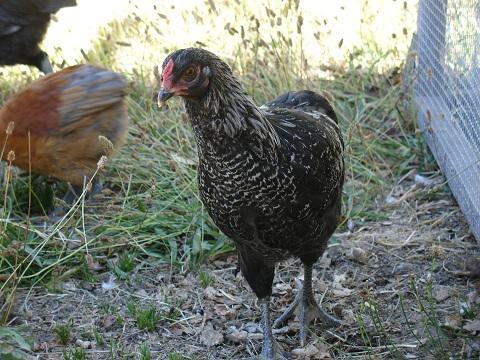He was a blk cockrel when I purchased him last year and then when he molted he had gold leakage on his neck. This one was born in April and I gave away the rooster to a friend who just needed a good roo for hawk protection. I didn't want to use him for breeding once I saw the leakage.
Quote:
Quote:





